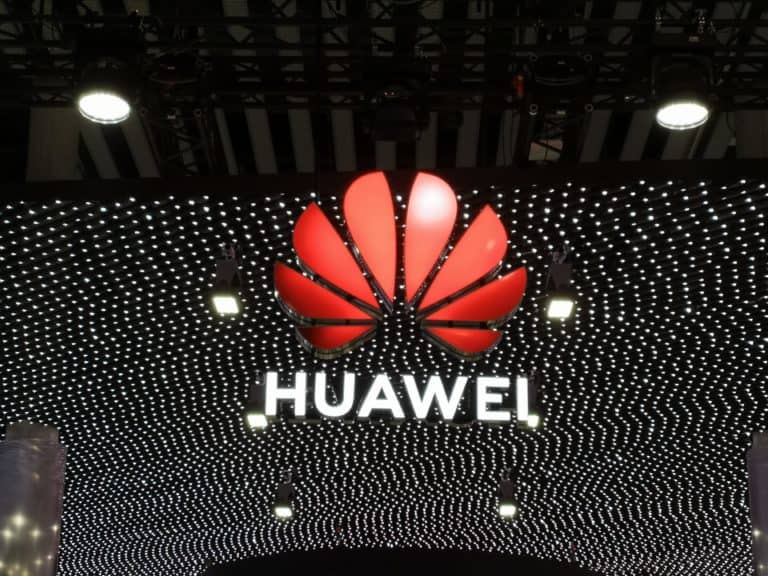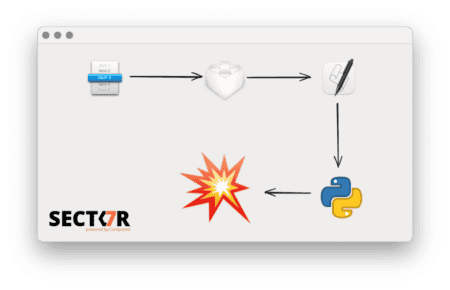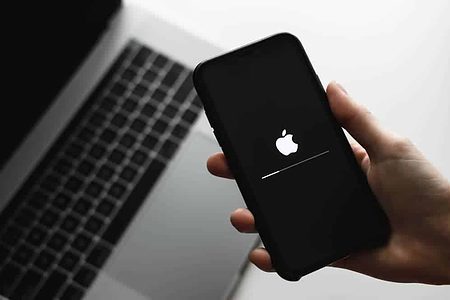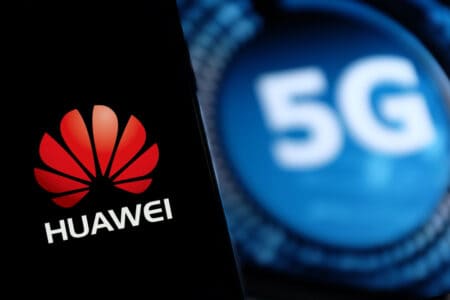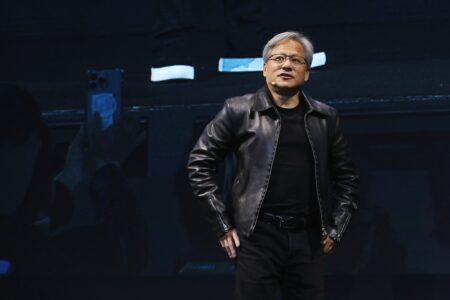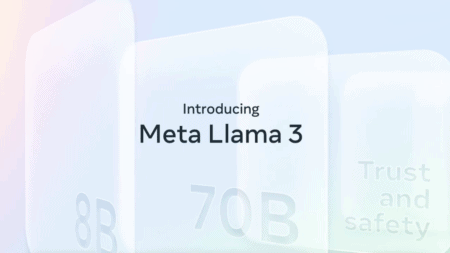Huawei lifted a corner of the veil of his own operating system, HarmonyOS, during his developers’ conference in China, his home country. The OS has a distributed architecture to provide a seamless experience across devices.
It was no longer a secret that Huawei had been working on an operating system for several years. Especially since the Chinese company was blacklisted by the U.S. government in May, and Google was forced to (temporarily) stop Huawei’s Android license, there was a lot of speculation about its own OS. As a result, development was probably also accelerated.
At his developer conference in Dongguan, China, Huawei explained the new operating system in more detail. Initially, this will only be marketed in China under the name HongmengOS, but it will gradually be extended to other regions. As expected, this will be done under the HarmonyOS brand name.
Different devices
The advantage of this OS is that it offers a unified user experience for different devices and scenarios, a Huawei spokesman lets us know. HarmonyOS has a distributed architecture. The core is common, but operating system elements can be adapted to the needs of specific devices. Huawei-CEO Ren Zhengfei previously stated that, in addition to smartphones, the OS would also be suitable for switches, routers and IoT devices, among other things.
A modularized #HarmonyOS can be nested to adapt flexibly to any device to create a seamless cross-device experience. Developed via the distributed capability kit, it builds the foundation of a shared developer ecosystem #HDC2019 pic.twitter.com/2TD9cgtdG8
Huawei Mobile (@HuaweiMobile) August 9, 2019
This also means that developers only have to develop their applications once in order to work on all these different platforms. With HarmonyOS, app developers don’t have to do anything with the underlying distributed app technology, so they can focus on their own individual service logic, it sounds in a press release.
Safety
Huawei also focuses on the low latency and of course the safety of HarmonyOS. For this purpose, a new microkernel was designed, which simplifies the kernel functions as much as possible and provides more system services in user mode, outside the kernel.
The microkernel itself offers only the most basic services, such as thread planning and IPC. Because the microkernel contains much less code (about one thousandth of the Linux kernel, according to Huawei), the risk of an attack according to the manufacturer is drastically reduced.
Opensource
The first version of HarmonyOS will appear later this year in new smart screen products from Huawei. The control system will be further optimised in the coming years and will gradually appear in other smart devices, such as wearables and car systems.
For smartphones, the use of Android is still the preferred option for Huawei, but it cannot be ruled out that HarmonyOS will also appear there. During the presentation, Richard Yu, CEO of Huaweis Consumer Branch, emphasized how the OS is totally different from Android and iOS. It is a microkernel-based distributed operating system that provides a smooth experience in all scenarios, concludes Yu.
History has often shown that the success of a new operating system depends on how widely it is embraced by developers. An OS stands or falls by the size of the available app ecosystem. To encourage wider adoption, Huawei is making its HarmonyOS fully open source.
This news article was automatically translated from Dutch to give Techzine.eu a head start. All news articles after September 1, 2019 are written in native English and NOT translated. All our background stories are written in native English as well. For more information read our launch article.